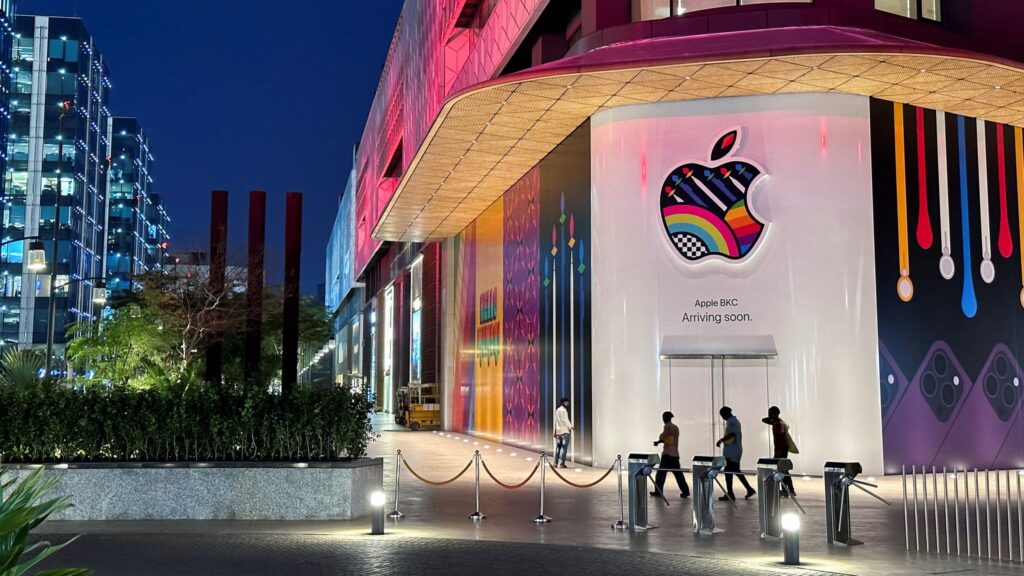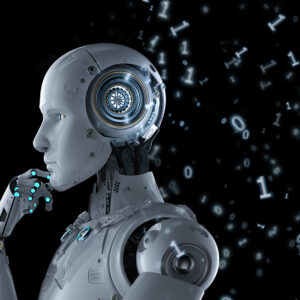
The history of the Apple company
The founders of Apple are Steve Wozniak , Steve Jobs and Ronald Wayne .
The first project completed
Steve Jobs and Steve Wozniak met during school, sharing a passion for electronics.
The first project the two boys worked on together was the ” Blue Boxe “, a device that allowed you to make calls completely free of charge.
While Woz was busy designing this device, Jobs took care of its marketing, managing to sell it to a good number of people.
Around 1975 Jobs and Woz began working on the project of the first computer , almost exclusively on paper, given that the processors on the market at the time cost around 170 dollars , too high for their possibilities.
A year later the 6502 chip was marketed at a modest price of 25 dollars, which allowed Woz to purchase it and begin adapting his paper projects to create a real computer.
In 1976 the first computer, called “ Apple I ” was finished by Woz and, as happened with the Blue Boxe device, Jobs took care of its marketing.

At the HP company , Woz had a contract that obligated him to submit all his inventions to it first.
Thus, Jobs and Woz presented their first designed computer to the company but the company rejected it , not believing in the usefulness of the project.
Jobs and Woz reacted by founding the “ Apple Computer Co. ” together with Ronald Wayne on April 1, 1976 . The company had Newton as its logo .
Jobs did not give up and continued to present the Apple I project in search of buyers and managed to obtain a contract with a shop that sold computers for the sale of 50 copies for an amount equal to 500 euros each .
This contract, however, provided for the sale of the fully assembled product, so the three partners had to proceed with the assembly of all the specimens and, not having a factory or the money to start one, they were forced to proceed with the assembly in the Jobs family garage , to avoid losing the deal.
The advantage of the Apple I was that it was very simple but powerful . Woz managed to design it with many fewer elements than the others on the market and for this reason it was also the cheapest .
The Apple I project was created with many financial limitations, but thanks to the sale of the 50 computers, Woz had many more resources to work on the Apple II project .
The design of the Apple II, however, turned out to be much more expensive thanbudgetinitial and Jobs asked Wayne to financially commit to the project. Wayne, however, refused and left the company .
At this point Jobs starts looking for new financiers and finds Mike Markkula who invests 250 thousand dollars in Apple Computer.
The Apple II contained many innovations compared to the Apple I, it was able to display graphics and use colors, and it was equipped with a keyboard.
Before the Apple II was put on the market, Jobs strongly wanted to change the company logo , considering the figure with Newton too complicated and not very impactful, so the logo of the bitten apple was created, but then not gray but colored like a rainbow.
The Apple II was introduced to the market in 1977, this moment is believed to have marked the beginning of the Personal Computer era.
The era of Personal Computers
The 1980s were very important for Apple, which emerged in the Personal Computer market .
Given the rapid growth of the sector, many companies began to produce and sell PCs, including the giant IBM .
Meanwhile, the Apple company lost another of its founders, Steve Wozniak left the company in 1981 due to an accident with a private plane.
Apple II was widely used among small companies, but Jobs’ company decided to work on a new project to ensure a wider market, and to succeed in this aim it required the designers to produce a new computer quickly and with very high pressure.
Thus the Apple III was designed , with which not even the creators were satisfied, who had to create it with time limitations and company choices.

The most serious mistake that was made in the design of the Apple III was not to include a cooling fan , which Jobs considered not aesthetically pleasing.
Apple III turned out to be a disaster , too expensive and underperforming.
The company went public and despite the failure of Apple III, its stock saw its value grow by 1700% in just one year, becoming the fastest growing company globally.
In 1983 John Sculley arrived at Apple , to whom Jobs proposed the position of CEO.
Jobs, visiting the Xerox PARC , had the opportunity to observe the Alto system known as the majority of the population.
Thus, Apple decides to dedicate itself to the design of a new type of computer: the Lisa and Macintosh projects.
Lisa was marketed in 1983 and had a cost of around 10 thousand euros, a product that was too cutting-edge and too expensive for those times.
Lisa was another failure and the project was abandoned three years later.
Steve Jobs thus began working on the Macintosh , initially designed as a low-cost version of the Lisa.
The Apple Macintosh was launched on the market in 1984, through a commercial called ” 1984 “, aired during the very popular SuperBowl :
The Macintosh goes on sale for just under 2,500 dollars, this product is still considered the basis of modern computers today.
The Macintosh was key to Apple’s success , even if it wasn’t a huge sales success.
Apple was greatly penalized by the release of Microsoft ‘s Windows # The history of Microsoft # which, although less advanced, enjoyed the advantage of diffusion. Since the release of Windows, Apple has lost more and more market share in the PC world.
The beginning of the crisis
During 1985, conflicts between Steve Jobs and Sculley began to develop within Apple.
Their disputes were due to the fact that Jobs considered Sculley incompetent and the latter considered the founder of Apple a danger to the integrity of the company itself.
This conflict reached its peak in May ’85 when Sculley took away all operational responsibilities from Steve Jobs , making him irrelevant to the company.
Thus the founder of Apple # Book – Steve Jobs by Walter Isaacson # on September 17, 1985 makes the decision to abandon the company he created and nurtured. From this moment on, Apple will be the protagonist of years of profound crisis.
The most important mistake made in recent years by Sculley was to grant Microsoft the use of the graphic elements of the Macintosh interface, in exchange for Microsoft’s commitment to produce Word and Excel for the Mac.
Microsoft still uses some elements and functions of the Mac today.
After leaving Apple, Steve Jobs founded NeXT Computer which shortly afterwards, failing to acquire enough market share, headed towards closure.
At the same time Apple was in deep crisis and with no ideas to plan.
So it was that in 1996 Apple’s board of directors decided to acquire NeXT Computer for 400 million dollars, so as to be able to use the operating system developed by the company for future Macintoshes.
On September 16, 1996, Steve Jobs became CEO with a symbolic compensation of one dollar a year and in a few months managed to resurrect the Apple company, launching successful projects such as the iMac .
A strategic move was also to change the color of the bitten apple logo from the rainbow to the simple, more elegant white apple.

The most successful projects were the iPod , iPhone and iPad . In 2001 the first Apple Store was opened , which soon spread throughout almost the entire globe.
Farewell to Steve Jobs
In 2011 Steve Jobs passed away due to a serious illness . The Apple founder had left his post as CEO to COO Tim Cook two months earlier .
The death of Steve Jobs affected the whole world which still remembers him today as a visionary man who, with his ingenuity, was capable of influencing our lives in an indelible way .
Find out how Marketing Torino helps your company with the growth startup solution , to scale the market as quickly as possible.



